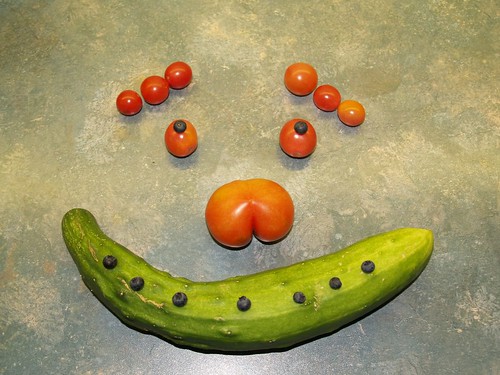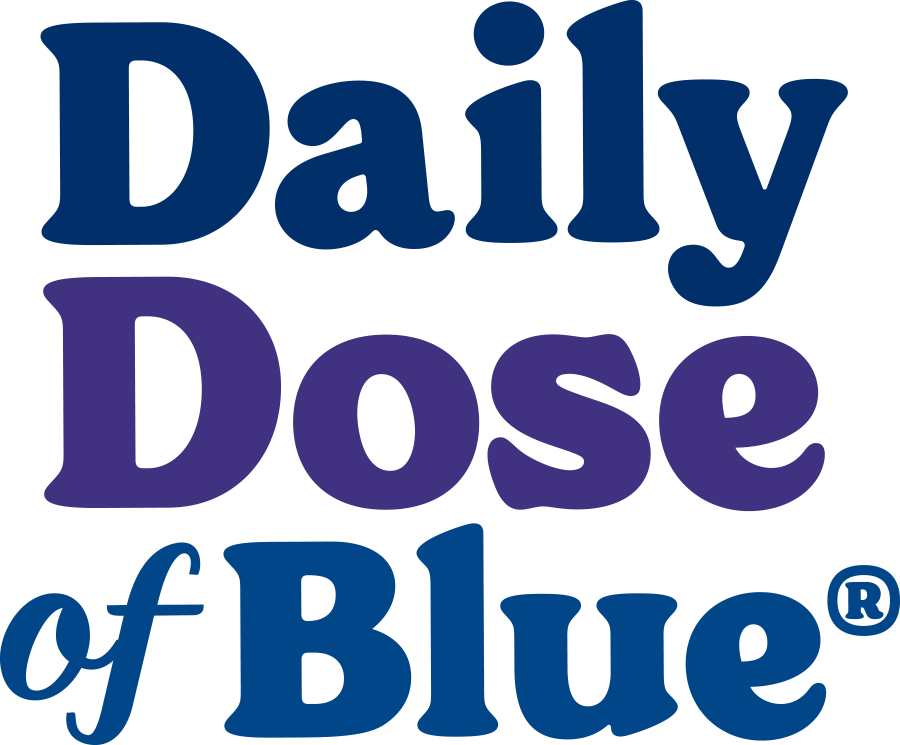
Sometimes it seems our relationship with sugar resembles a turbulent tango. We pull it close when we want it, in cookies, cakes, and sodas. But even when we pull away, it’s there – in prepared foods, condiments, and crackers. It plays with our brains and makes us want it more. There’s no sugar-coating it – we love it, and we can’t quit it.
Yet we must. Unhealthy amounts of sugar in our diets are adding calories, increasing rates of obesity and its associated diseases, and even adversely affecting those who are not overweight. Our tumultuous affair with sugar is linked to high blood pressure, heart disease, high cholesterol, diabetes, inflammation, and even stroke.
Because of the dangers associated with Americans’ high sugar consumption, moderating sugar intake is a priority. But for some, sugar fear has lead to Atkins-level abstinence, causing some of us to blame all sugars, including fruit sugars. Some dismiss fruit completely because they consider it full of sugar, high in calories, or a danger to blood glucose levels. Some reckless diet peddlers even recommended eliminating fruit altogether as a way to lose weight.
 We know getting the recommended amounts of fruits and vegetables is important for proper nutrition and disease prevention. We also know that avoiding fruit sugars is simply wrong-headed.
We know getting the recommended amounts of fruits and vegetables is important for proper nutrition and disease prevention. We also know that avoiding fruit sugars is simply wrong-headed.
Putting Fruit Sugar in Perspective
What are fruit sugars? Fruit sugars are naturally-occurring simple sugars found in many plants. Known by the names fructose, sucrose, and galactose, these natural sugars vary in their amounts from food to food with fruits generally weighing in at around 4-25 grams. Wild blueberries, for example, have 7 grams per 100 gram serving, while a banana contains around 15 (depending on its size). To put this figure in perspective, added sugar in a soda adds up to approximately 60 grams – and that’s without any of the benefits that fruits offer.
 Naturally-occurring fruit sugars are part of food’s structural elements. They give fruit and some veggies their sweet taste. When we eat whole fruit, we consume these simple sugars along with a multitude of vitamins, nutrients, minerals, fiber, and valuable phytonutrients. Whole fruits, with their sugars, are the natural delivery system for anthocyanin, a flavonoid with potent antioxidant capacity for powerful health protection potential, including the prevention of heart disease and some cancers, as well as other diseases of aging. For diabetics and those at risk for diabetes, fruit sugars have the advantage. High fiber fruits like berries, for example, decrease the absorption of sugar in the bloodstream, contributing to glycemic control. Simply put, fruit sugars are perfectly healthy – they are no less beneficial than those in any vegetable or carb, and should not be singled out when it comes to health. They provide us with good energy that satisfies our stomachs, hydrates us, keeps us moving, and quiets the daily ravages of cellular inflammation our bodies experience. And, they do so in a low-calorie, delicious package.
Naturally-occurring fruit sugars are part of food’s structural elements. They give fruit and some veggies their sweet taste. When we eat whole fruit, we consume these simple sugars along with a multitude of vitamins, nutrients, minerals, fiber, and valuable phytonutrients. Whole fruits, with their sugars, are the natural delivery system for anthocyanin, a flavonoid with potent antioxidant capacity for powerful health protection potential, including the prevention of heart disease and some cancers, as well as other diseases of aging. For diabetics and those at risk for diabetes, fruit sugars have the advantage. High fiber fruits like berries, for example, decrease the absorption of sugar in the bloodstream, contributing to glycemic control. Simply put, fruit sugars are perfectly healthy – they are no less beneficial than those in any vegetable or carb, and should not be singled out when it comes to health. They provide us with good energy that satisfies our stomachs, hydrates us, keeps us moving, and quiets the daily ravages of cellular inflammation our bodies experience. And, they do so in a low-calorie, delicious package.
At a time when we are encouraged to decrease our intake of empty calories in favor of nutrient-rich ones, fruit sugars are a gift from nature, wrapped in a velvet ribbon. The best part may be that they are available to us both fresh and in their nutritional equal, frozen. That’s right – fruit sugars literally grow on trees (and bushes).
Wild Blues Have A Sweet Advantage
 Cutting calories without sacrificing nutrition is a wise weight-loss strategy, and seeking out fruits that deliver the best nutrition and taste is sound nutritional advice. While embracing a variety of fruits is good nutritional practice, some fruits get the nod when it comes to big benefits. Wild blueberries, like all whole fruit, are naturally low in fat, high in fiber, and have no added sugar, sodium, or refined starches. But with more total antioxidant capacity than 20 other common fruits, they lead the pack in antioxidant capacity, thanks to their high anthocyanin content. They are also rich in manganese, which is important for bone development. And, when it comes to low-calorie nutrition, wild blueberries excel. They have just 45 calories per 100 grams (71 calories in a cup), and deliver nutrients and antioxidants in every one. Watching your sugar intake? There’s no better way to moderate than to eat naturally-occurring fruit sugars via this powerful blue package of nutrients.
Cutting calories without sacrificing nutrition is a wise weight-loss strategy, and seeking out fruits that deliver the best nutrition and taste is sound nutritional advice. While embracing a variety of fruits is good nutritional practice, some fruits get the nod when it comes to big benefits. Wild blueberries, like all whole fruit, are naturally low in fat, high in fiber, and have no added sugar, sodium, or refined starches. But with more total antioxidant capacity than 20 other common fruits, they lead the pack in antioxidant capacity, thanks to their high anthocyanin content. They are also rich in manganese, which is important for bone development. And, when it comes to low-calorie nutrition, wild blueberries excel. They have just 45 calories per 100 grams (71 calories in a cup), and deliver nutrients and antioxidants in every one. Watching your sugar intake? There’s no better way to moderate than to eat naturally-occurring fruit sugars via this powerful blue package of nutrients.
In addition to their intense nutrition, wild blueberries can help equip us to prevent diabetes. In fact, a number of researchers have reported on the anti-diabetic effects of blueberry-supplemented diets. Wild blueberries are also a low GI food (they score a low 53, and they have a low glycemic load to boot). Understanding the glycemic values of food, especially for people with diabetes, make it easier to plan meals and pay attention to weight loss and appetite control.
The Bottom Line
Concerns about sugar consumption in our diets are warranted, but turning our back on whole fruit would be a nutritional calamity. Fruit packs an intense nutritional punch that provides us with valuable disease prevention properties, weight control benefits, and helps stabilize blood sugar and glucose levels. Naturally-occurring fruit sugars are nature’s way of delivering the goods in a perfect nutritional package.
In an effort to moderate our sugar intake, we should start with avoiding additives by reading juice labels and choosing fruits packed in water. We should shop for whole fruit in the produce section or in the frozen food section, and seek out labels with as few ingredients as possible – ideally, just one. Then, we should monitor sugar creep in cereal, sodas, processed foods and desserts. Finally, we should eat 3 cups of vegetables along with the recommended 2 cups of fruit, and choose them in a variety of deep, rich colors. Then, we’ll be saying hooray for fruit without reservations for all it does to support our health, our waistlines, and our taste buds the way no other food on earth can.
Learn more about eating sugar in moderation. SweetSurprise.com is a trusted source for accurate information on the subject of high fructose corn syrup and how to moderate your sugar intake.







